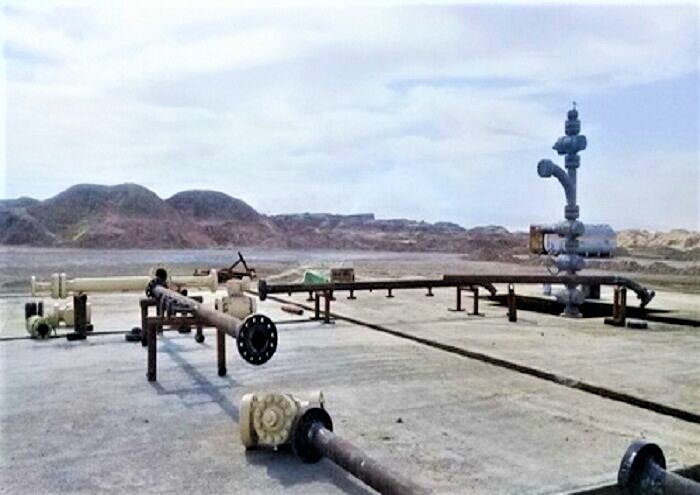Knowledge-based firms to play main role in reviving oil wells

TEHRAN- By continuous production of a hydrocarbon reservoir, the reservoir pressure and production rate decreases.
Production decline is a normal part of reservoir flow, but when the decline doesn't match realistic expectations, the operator can choose from technologies that help it improve or restore well productivity.
Production improvement technologies revive oil or gas reservoir, and enable operators to get more from declining oil and gas fields in order to maximize revenues.
In Iran, where the role of oil production and export is undeniable in the country’s economy, oil production enhancement is attached some high significance.
In this due, in line with implementing the policies of the country’s Resistance Economy for the enhancement of production in the hydrocarbon reservoirs, reviving the flagging and shut-in oil wells is on the agenda.
And as the current Iranian calendar year (began on March 21) is named Year of Knowledge-Based and Job-Creating Production, reviving the flagging and shut-in wells benefitting from the capabilities of knowledge-based firms is a major project of Oil Ministry.
A review of the experiences of countries and oil companies in the world in the implementation of such project shows that this plan can be quite attractive from an economic point of view in the era of decreasing oil revenues and increasing the risk of new discoveries and developments.
So, given Iran’s current limitation for making investment in the development of oil fields and implementing production recovery and enhancement, benefitting from the knowledge-based is a necessity.
As stated by Oil Minister Javad Oji, implementation of the plan to revive the flagging and shut-in wells can add 80 million barrels to the country’s oil production per annum.
Back in last November, saying that the ministry’s new plan for boosting oil and gas production would focus on wells (rather than reservoirs), the minister had reiterated, “We believe that through the capability of knowledge-based companies and institutes, we could enhance the production of 700 flagging and shut-in wells in a shorter time, as digging new wells take one and half years, and at a lower cost.”
The lowest cost of reviving wells rather than digging the new wells should be highly considered, as it makes the related plan economically viable noticeably.
While the cost of digging a development onshore or offshore well in Iran is about $7 million-$11 million, the studies show that the cost of reviving a well is one fifth of the cost for digging a new well.
As stated by the chairman of Iran’s Petro Park, production of oil through digging a new well needs an average investment of $10 million, while reviving a well requires just $1 million, which is 90 percent lower.
Mohammad-Esmail Kefayati said that reviving the flagging and shut-in wells is a leading and pivotal plan; it has been approved in the Economics Council and is in its final stages, so that the contracts will be made with the knowledge-based companies in the next [Iranian calendar] month (starts on August 23).
“Then the task will be started, and it will be the first time in the country’s oil industry that the knowledge-based companies’ capabilities will be used in the upstream sector in such a way”, he noted.
According to Kefayati, Economics Council has allocated $700 million to revive 750-850 flagging and shut-in wells for the annual production of 80 million barrels of oil.
The project to revive the oil wells is very important as preserving and boosting crude oil production has been one of the concerns of the country and an important and strategic necessities in the national energy sector and macroeconomics in recent years, so using up-to-date technologies in order to maximize oil extraction from reservoirs and reduce production costs is an essential need.
Leave a Comment